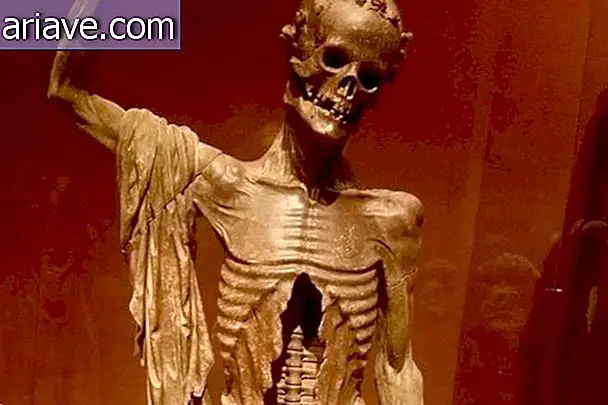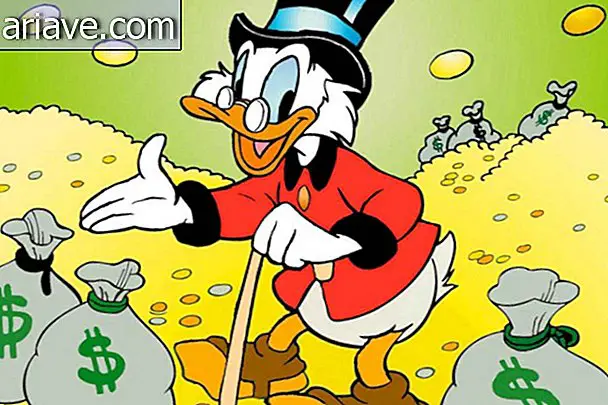What you need to know about white chicken breast strips
A cup of diced chicken breast contains an average of 43 grams of protein, a substance that helps us keep our muscles healthy and that, in the long run, gives us the longed after feeling of satiety after a meal, and is That's why meat eaters need to learn how to choose the item they put on the market cart well.
In the specific case of chicken breast, you may have noticed that this type of cut has a vertical white line in the upper left region, right? But do you know what this line means?
According to a recent Oxford Academic report, we can consume this white strip normally, but the wider and more visible it is, the more likely the chicken has gone through a process of fattening in a short time.
It makes a difference

In the image above, released by the San Francisco Globe, chicken A has the normal comic strip. The chest of figure B already has the comic strip in moderate content and the C, quite altered. Just to give you an idea, this change means that chicken has a lot more fat - 224% more, in the case of figure C. In addition to excess fat, this type of meat is tougher too.
According to the report, the growth rate of chickens has increased by 400% since 1957, and while this increase has to do with the genetic selection these chickens were subjected to, it cannot be denied that in some breeding grounds there are also the administration of hormones.
Although there is no real problem related to the consumption of these meats, who cares about the treatment given to the raised animals can pay attention to this type of detail.
Update: Some readers have reminded us that the use of hormones in chicken is not feasible in Brazil, and according to this MSD Animal Health publication, neither chicken nor eggs produced in Brazil contain hormones. The research cited in the text is from Oxford, England.











